• Includes 78 full-color cards featuring colorful and detailed original adaptations of the tarot archetypes in stained-glass style
• The detailed guidebook provides thorough meanings for each card of both Major and Minor Arcana, for their upright and reversed appearances, as well as exploring each card’s esoteric symbolism
• Shares instructions on how to use the cards, explains a variety of card spreads, and offers a glimpse into tarot history and its connections to astrology, numerology, alchemy, the Western esoteric tradition, and the teachings of Carl Jung
Inspired by the intricate symbols and colors of the stained glass windows of cathedrals and other sacred places, this 78-card tarot set draws the reader into a meditative state as they contemplate the mystical symbolism and stunning artwork of the cards.
The accompanying guidebook provides thorough meanings for each card of both Major and Minor Arcana, and for their upright and reversed appearances, as well as evocative verses that invite the reader to explore each card’s esoteric symbolism.
For the 22 Major Arcana, the author explains how each card fits into the progressive soul’s journey from The Fool to The World. For the Minor Arcana, he explains the significance of each of the suits and their key attributes and influences. He describes a number of ways to interpret each card and how to decide which interpretation to favor. He also includes a variety of card spreads and offers a glimpse into tarot history and its connections to astrology, numerology, alchemy, the Western esoteric tradition, and the teachings of Carl Jung.
This illuminating tarot set provides not only a highly detailed manual but also mesmerizing images that draw the eye and calm and focus the mind for an authentic divinatory experience.
The Stained Glass Tarot is published by Inner Traditions. You can see the unboxing on TikTok or Youtube and the silent flickthrough on TikTok or Youtube. I also posted two spreads, the interview spread and a five card spread from the LWB. The deck releases on the 24th of November in the UK and is already on sale in the US.
I. First Impressions
Unboxing Experience: The Stained Glass Tarot deck comes in a hard box about the size of a hardback book. It opens with a magnetic flap on the right hand side. Inside, the hefty book of words sits above the cards, which are in two shallow wells. The whole set feels sturdy, and it would go into most handbags or backpacks for readings on the go.
Artwork Style: The artwork is based on the stained glass windows so many of us are familiar with from churches. It's hard to capture the artwork in pictures - although I'm going to try in this review! - but they absolutely glow in person. It's like seeing the sun shining through a church window. Visually, this is one of the best decks I've worked with. The images are mostly based on the Rider-Waite-Smith images, with just a few digressions. In general, Minor cards with higher numbers are more likely to have an image rather than just pips, but that's not always true.
Cards feature this, almost completely reversible back design:
Major Arcana: The Major Arcana has Strength at 8 and Justice at 11. With the exception of the Fool, cards are presented as though we're looking at an arched window; the card's title and number, in Roman numerals, is printed across the bottom of the card, but they're also present within the 'window, in various different spots depending on the image. The numbers are sometimes hidden within the image - I had fun looking for them!
Her number is on her breastplate
Number is on the bottom left
Minor Arcana: The Minors are, technically, pips; some of them do feature a scene, but mostly they're just numbers of their suit item. Cards have their names and numbers, in Arabic, along the bottom, and their number, in Roman, within the image (I've found the numbers in nearly every card, but it eludes me in one! I'm determined to find that last one at some point.) The Aces are the only exception, with no numbers in the images (or I missed them, also possible!)
I can't find the number in this card but I'm determined that I will! (A helpful reader pointed out that it's above her head.)
Court cards have their name across the bottom and in the image. One thing I noticed in this deck is that the Court cards don't always conform to what we expect in an RWS deck; two of the Kings are quite youthful and some of the Knights and Pages look older! It's an interesting look.
Card Stock and Size: When I first took them out of the box, the cards had a slight tendency to cling together. A small amount of shuffling and handling took care of that and they now shuffle and deal with no trouble. They're just about as large as I can handle on the length, but my hands are on the small side. They feel nice in my hands, smooth but not glossy, and some fairly heavy use hasn't chipped or bent them. With a little care this deck should last you a long time.
Writing Style and Readability: This guidebook is hefty! James has clearly put a lot of effort into it. He talks a little about his connection with both tarot and stained glass and how tarot works with some other disciplines including numerology and alchemy. This is fascinating stuff and he doesn't let it get too complicated either! It's well balanced.
Card Meanings: I have to approach the meanings in two sections. First, Majors. The Majors each have several pages. First, a small image of the card and a poem that sums up the meaning (the book doesn't specifically say but I assume that James wrote all these poems!) Then there are basic upright and reversed meanings, astrological associations, more obscure meanings, Jungian interpretations and how the card might be interpreted in specific types of readings like love or career. It's a lot of information, and even after working with it for a fortnight I feel like I've only scratched the surface! For those readers who really like to deep dive on the meanings, this is a great deck. The only thing I feel it's missing, and this is really minor, is a deep dive on the art - I always love when the artist explains why they chose this colour or that symbol, but it's not necessary to use the deck.
The Minors are much shorter, just two pages each - Majors average eight pages - with the image, the poem, upright and reversed meanings and keywords. James' introduction said that in the Minors he spent longer on reversed meanings, but I didn't think they were uneven or unbalanced.
Spreads and Techniques: The guidebook includes descriptions of several kinds of spread, to give an idea of the kinds of topics you can cover, and has details for five different spreads; three, five and seven cards, a relationship spread and the classic Celtic Cross. The five card spread is the one I linked above, and really enjoyed working on!
IV. In Use
IV. In Use
Intuition and Connection: My first time looking through this deck I was so absorbed in the beautiful images that I wasn't looking at how well I connected with them! I found this deck worked very well for personal readings - the five card spread linked above really surprised me in a couple of spots! - but not quite so good when reading for other people. My Querant said they were fine, but there were no 'ah ha!' moments as we've had with other decks. I think this will be a deck I keep for personal readings or for others to enjoy the artwork rather than receiving readings.
Suitability for Different Skill Levels: As it doesn't always match RWS, and the Minors are mostly pips, I have to (reluctantly!) say that this isn't the best deck for beginners, as I have found pips are much harder for beginners to use. However, I urge readers to pick up this deck as soon as they feel able to; the artwork is simply sublime and I've found the personal readings really good.
- Strengths:
- Beautiful artwork
- Accurate for personal readings
- Very indepth on Major meanings and associations
Weaknesses:
- Pips aren't great for beginners
- Readings for others aren't very inspired (for me, at least)
Final Thoughts
I highly recommend this deck for anyone interested in the art of tarot even if you're not sure about the readings - I've found them very accurate but of course that can vary from person to person! Honestly though, the art on these makes it worth it to me even if I never did another reading with them. I'm going to be enjoying them for a long time.

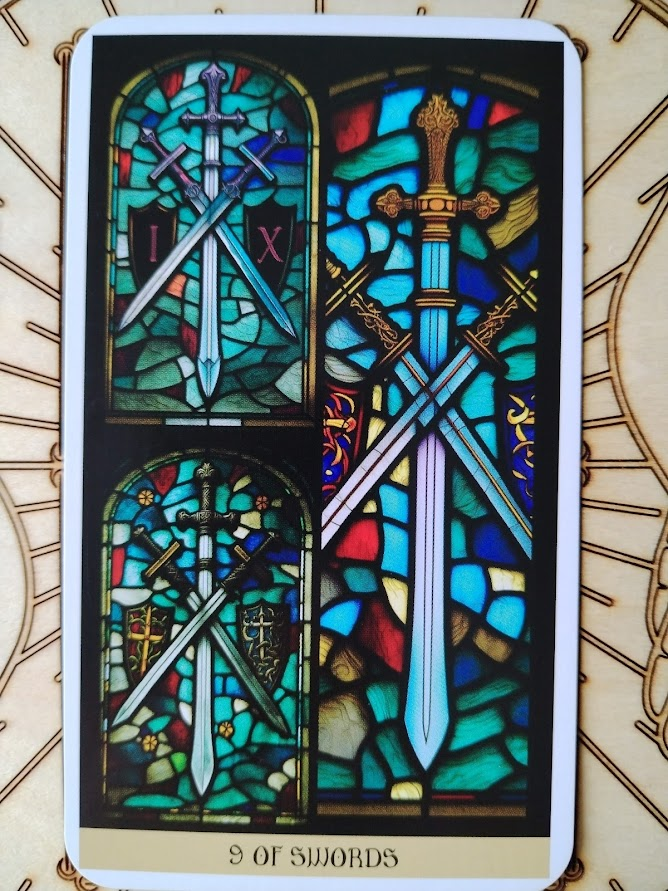

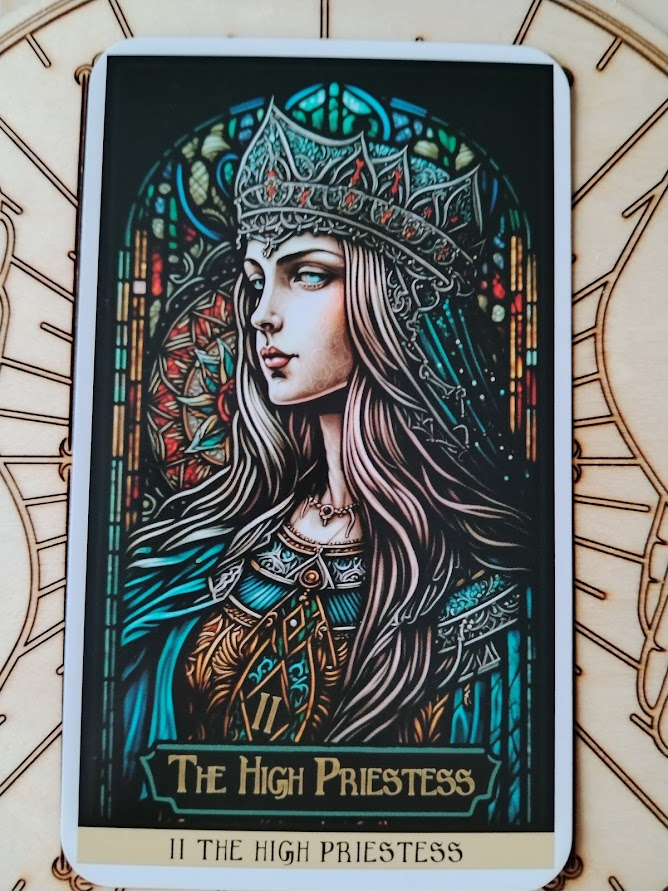
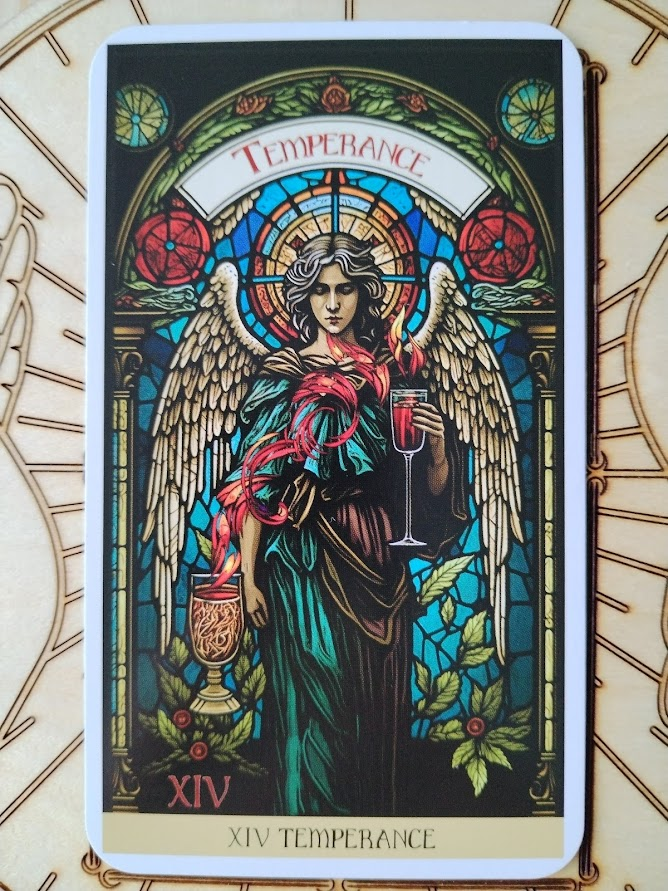
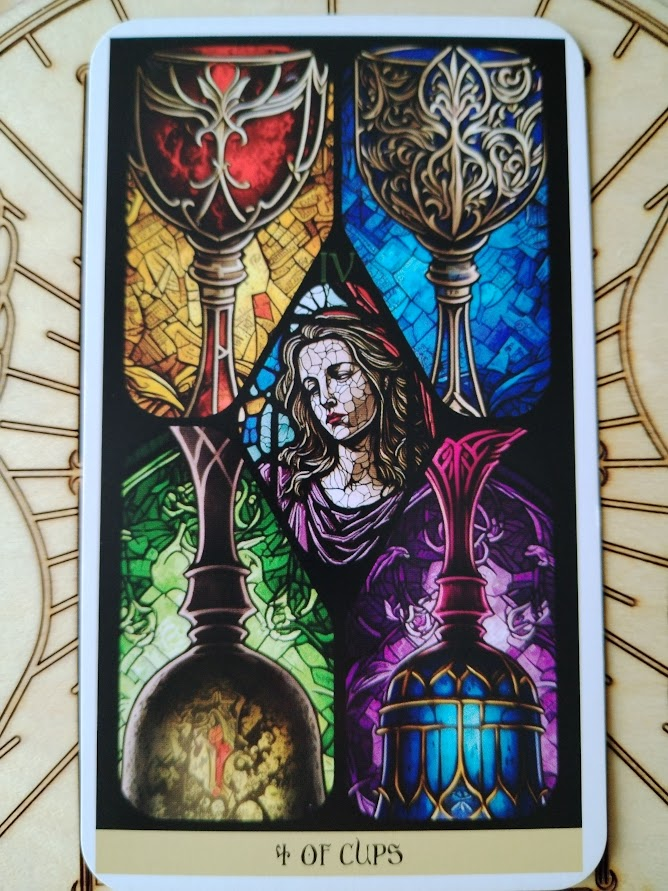







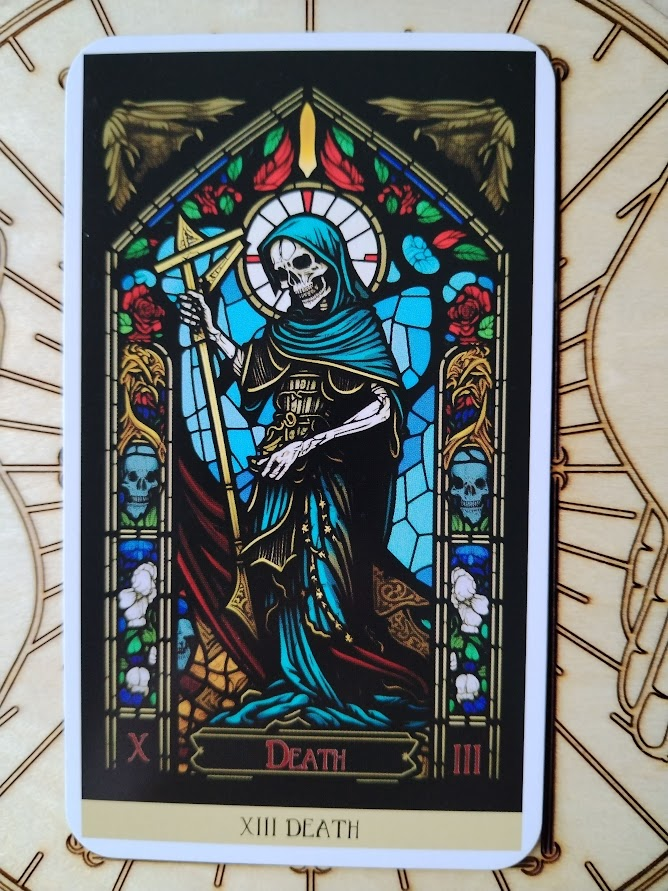




No comments:
Post a Comment